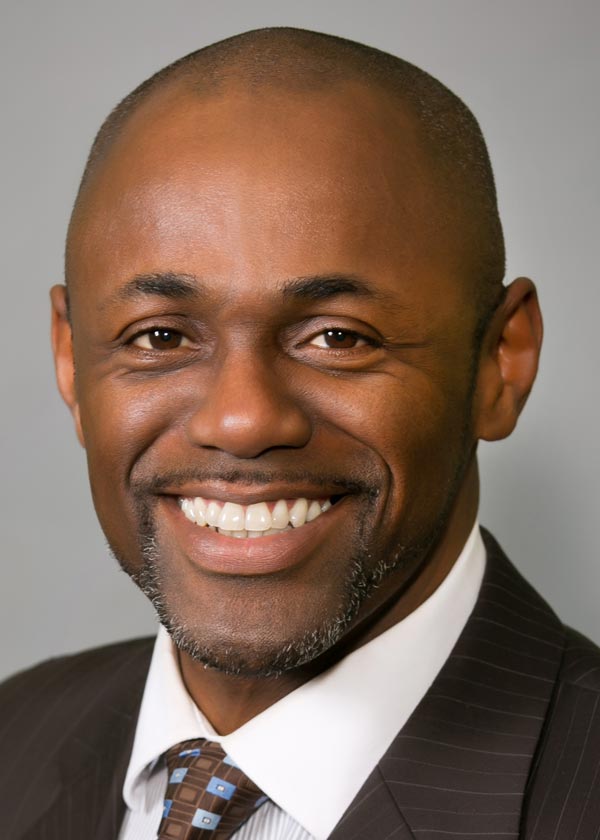
“If you can’t measure it, you can’t improve it.” Those are the words of Peter Drucker, one of the world’s most renowned thinkers on organizational management. I read his work often as I worked toward my college degrees in organizational management. I reflected on that quote as I was reviewing, with mixed feelings, the results from the most recent state standardized tests. Students demonstrated modest progress in both English and math — a welcome change from 2017 when scores were flat — but that encouraging note was undercut by the stubborn achievement gap, which shrank only slightly for Latino students and not at all for their African-American peers.
Now, I’m quick to acknowledge that students are not widgets and that scholastic experience is more than what can be measured in a spreadsheet or a bar graph. At the same time, I’m mindful of our mission as governing board members: to provide all students with a high-quality education that prepares them for success in college, career and civic life. Test scores are not the sum of this work, but they are critical indicators that demonstrate our effectiveness (or lack thereof) in important areas.
The numbers make it abundantly clear that we need to focus our efforts on closing the achievement gap. The recent test scores in English language arts reveal a 26.9 percentage-point achievement gap between Latino and white students, slightly down from 2017. Even more alarming is the 33.8 percentage-point divide between African-American and white students, which didn’t move a bit from 2017. Gaps of this size were evident across all tested grade levels and while we’ve made some strides since the current testing system was implemented in 2015, the progress isn’t coming fast enough. One observer noted that, at the current pace, it would take generations to see equitable outcomes for African-American and Latino students when compared to their white and Asian peers. I wish that were hyperbole, but it’s sadly true.
This state of affairs has significant consequences for our society. Just 39.3 percent of Latino students and 32.3 percent of African-American students met or exceeded grade-level standards in ELA; 26.6 percent of Latino students and 19.7 percent of African-American students met or surpassed grade-level standards in math. In California, African-American and Latino students — along with the Native American and Pacific Islander student groups, which perform at similar levels — account for nearly two-thirds of all public school students. If we are not meeting the needs of these students, then we have no hope of meeting our goals. And consequently, those students will have little hope of active and meaningful participation in college or careers.
I understand that school districts and country offices of education are working under difficult conditions, ones that combine higher need and loftier standards with diminishing resources. Yet, our charge, for the moment, is to do more with less, and to orient the focus of our organizations on closing these maddeningly persistent opportunity and achievement gaps. This is not an aspect of our job, it is core to what we do. I encourage everyone to lean into this work through engagement with their community, active efforts to shape Local Controal and Accountability Plan goals, and careful evaluation of how resources are allocated. Many eyes are watching to see what we do and millions of students are counting on our success. We’ve measured it, now it’s time to improve it.